Mini-trampolines can greatly boost your stroke recovery by improving balance and core stability. Start with seated exercises while holding support bars, then gradually progress to standing movements like gentle bouncing and marching in place. Always prioritize safety by using a spotter, ensuring proper padding, and consulting your physical therapist for a customized program. Aim for short sessions initially, working toward 30-minute workouts three times weekly. These rebounding techniques offer both physical and psychological benefits during your rehabilitation journey.
Building Balance and Stability Through Mini-Trampoline Work
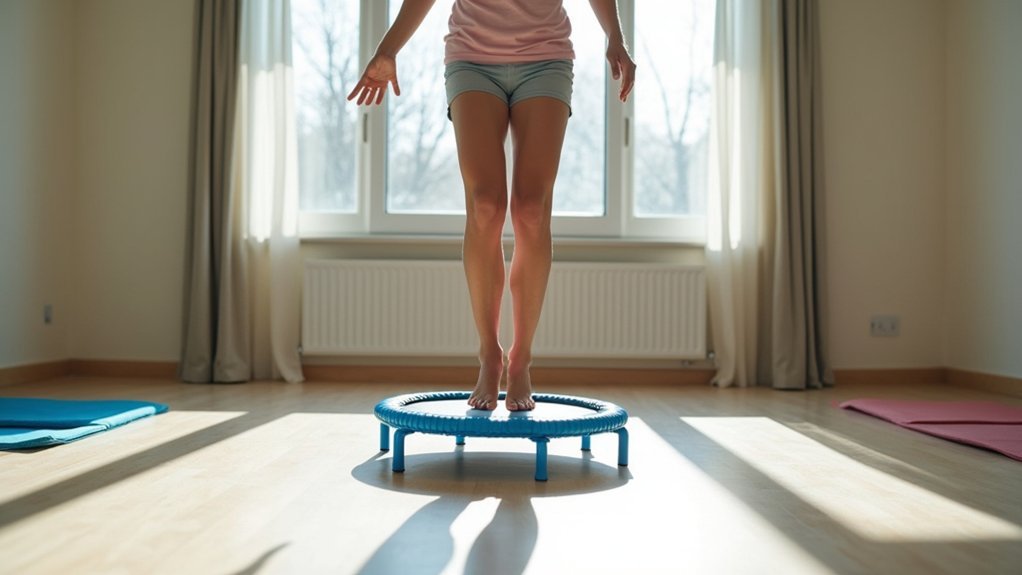
While recovering from a stroke, regaining your balance becomes one of the most essential milestones on your journey to independence.
Mini trampoline exercises offer a unique approach to rebuilding stability by creating an unstable surface that engages your core stabilizer muscles.
Research shows that stroke patients experience significant improvements in balance after just six weeks of rebound training.
Simple exercises like weight shifting and tandem stance on the mini trampoline directly enhance the dynamic balance skills you need for daily mobility.
Your physical therapist can design low-impact balance exercises that won’t stress your joints while strengthening important stability muscles.
This training not only improves physical capabilities but also boosts confidence in fall prevention—a key psychological component of recovery that helps you navigate your environment more securely.
Gradual Progression: From Seated Exercises to Standing Movements
Rebuilding your ability to move independently after a stroke requires a methodical approach that honors your body’s current capabilities. Your mini-trampoline journey should begin with seated exercises that develop core engagement before advancing to standing movements. This strategic progression guarantees safety while maximizing recovery benefits.
Recovery requires patience—start with seated exercises before attempting to stand on your mini-trampoline.
- Start with seated weight shifts to build balance and confidence in muscle control.
- Shift to standing exercises like marching in place when ready, using support bars for safety.
- Gradually introduce dynamic movements such as side-to-side stepping as your strength improves.
- Extend your workouts progressively, beginning with short sessions and building toward 30-minute sessions three times weekly.
As you follow this progression, you’ll notice improvements in both balance and overall functional mobility—key components of successful stroke recovery.
Safety Measures for Effective Stroke Rehabilitation Rebounding
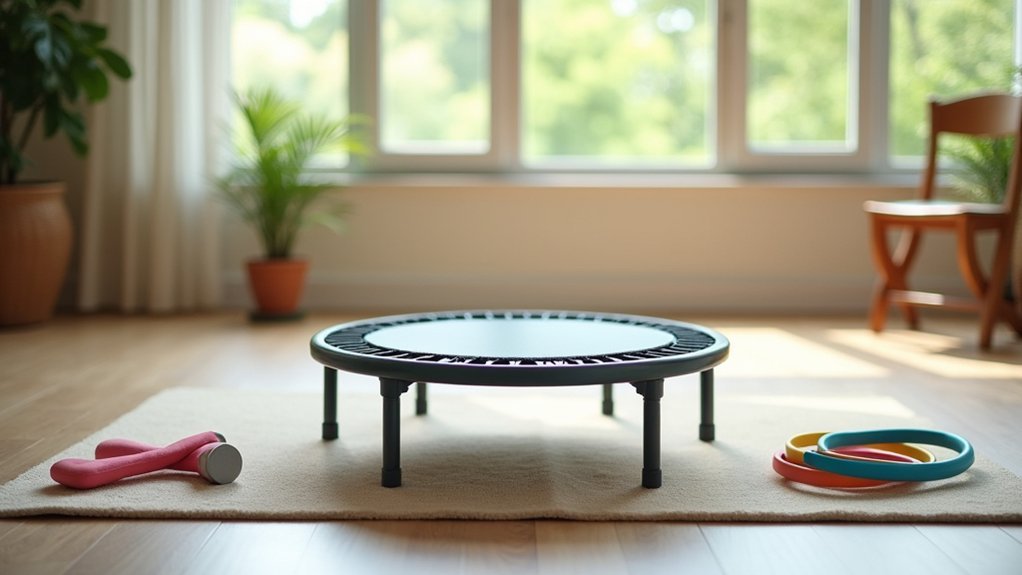
Safety must remain your top priority when incorporating mini-trampoline exercises into stroke rehabilitation. Always use a spotter or support bar, especially if you’re dealing with balance issues post-stroke. This prevents falls while you rebuild confidence.
Ensure your mini-trampoline features safety padding and a non-slip surface to minimize injury risks. Before starting, consult with a physical therapist who can create a customized program aligned with your specific rehabilitation goals.
Begin with basic exercises like weight shifting and gentle bouncing before attempting more dynamic movements. Keep initial sessions short, gradually increasing duration as your endurance improves. This methodical approach prevents fatigue and supports proper recovery.
With these safety measures in place, your mini-trampoline can become an effective, enjoyable component of your stroke recovery journey.
Frequently Asked Questions
Is Rebounding Good for Stroke Recovery?
Yes, rebounding can support your stroke recovery by improving balance, mobility, and walking ability. It strengthens core muscles while being gentle on joints. Always work with your healthcare provider before starting this exercise.
What Is the Best Exercise After a Mini Stroke?
After a mini-stroke, you’ll benefit most from low-impact activities like walking, swimming, or gentle yoga. Start slowly and gradually increase intensity. Always consult your doctor before beginning any exercise program for personalized guidance.
Who Should Not Use a Mini Trampoline?
You shouldn’t use a mini trampoline if you have severe balance issues, cardiovascular conditions, recent surgeries, open wounds, or uncontrolled movements. Always consult your doctor first, especially after experiencing any medical condition.
How Do You Regain Strength After a Mini Stroke?
After a mini stroke, you’ll regain strength through consistent physical therapy, targeted exercises, and a well-balanced diet. Focus on gradually increasing activity levels while monitoring your progress. Don’t forget adequate rest between workouts.
In Summary
You’re now equipped to safely harness the benefits of mini-trampolines in your stroke recovery journey. Start with seated exercises, progress at your own pace, and always prioritize safety with proper supervision and support. As you continue building balance and stability through rebounding, you’ll notice improvements in your coordination and confidence. Remember, each small bounce is a step forward in your rehabilitation process.
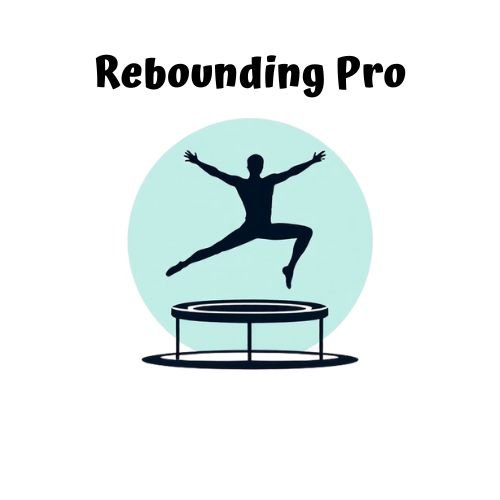
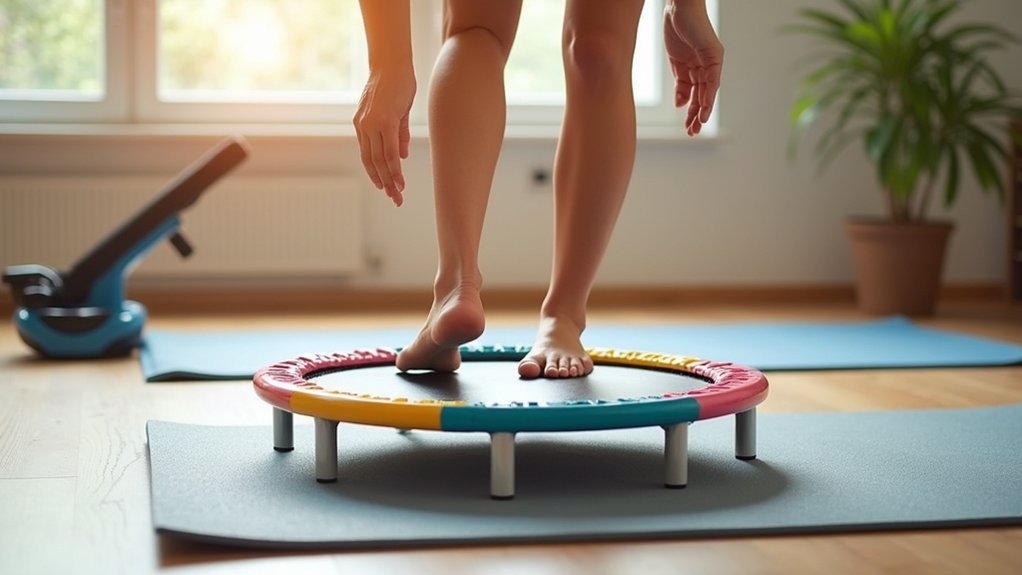


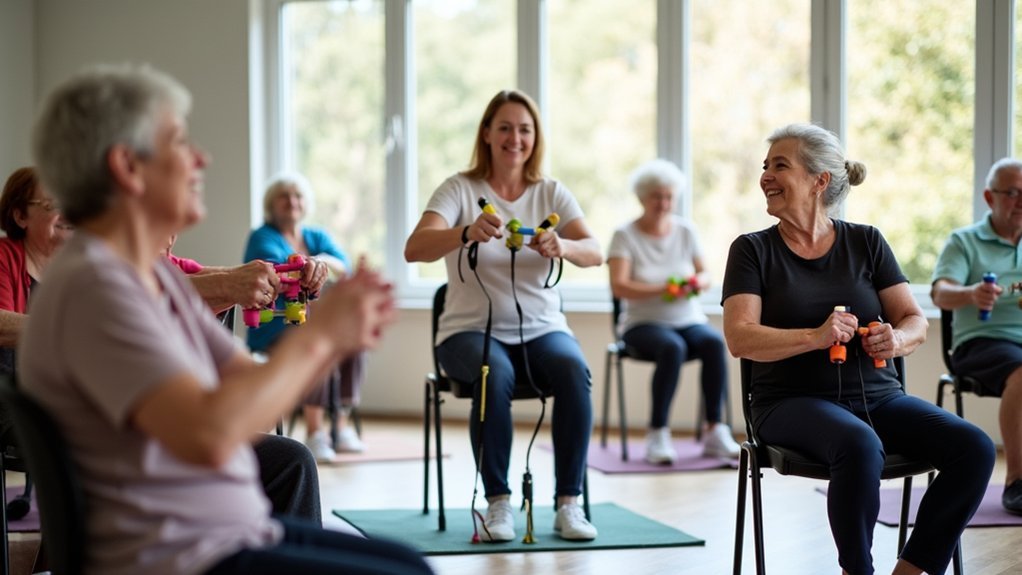
Leave a Reply